Fans of Top Gear will recall its claim that the Ford Model T was the first car that a modern driver would recognize as being a car as we now know them.
While I’m not convinced that many modern drivers would be able to hop in A Model T and pop down to Sainsbury’s in it, the lads do have a point. The Model T is unimaginably important as a world car, serving as a touchstone to a very different era.
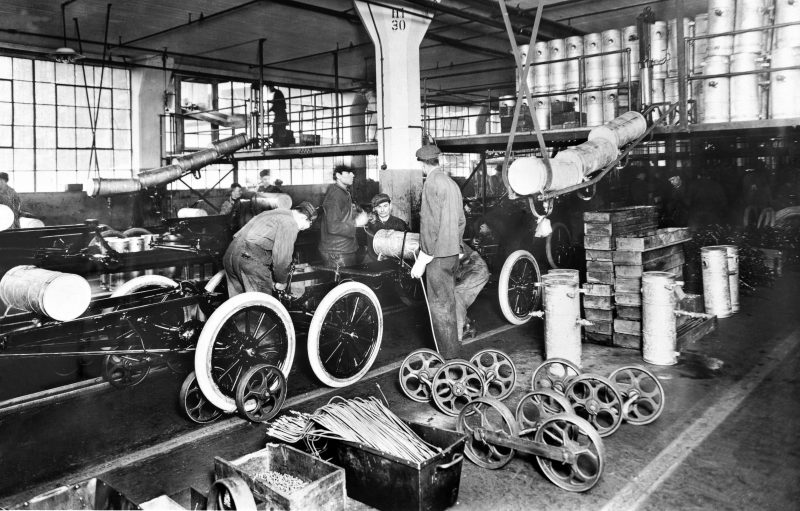
History
The Model T’s broad-ranging appeal is partly due to its price, which was made possible by the then-new idea of a production line. This seemingly obvious innovation slashed the build time of a car from twelve-and-a-half hours to an astonishing 93 minutes.
This huge leap in productivity enabled Henry Ford to dramatically reduce the cost of building the Model T, most of which he passed on to the buyer. The Model T’s purchase price was $850 initially, which fell to a low of $260 as the economies of scale started to kick in.
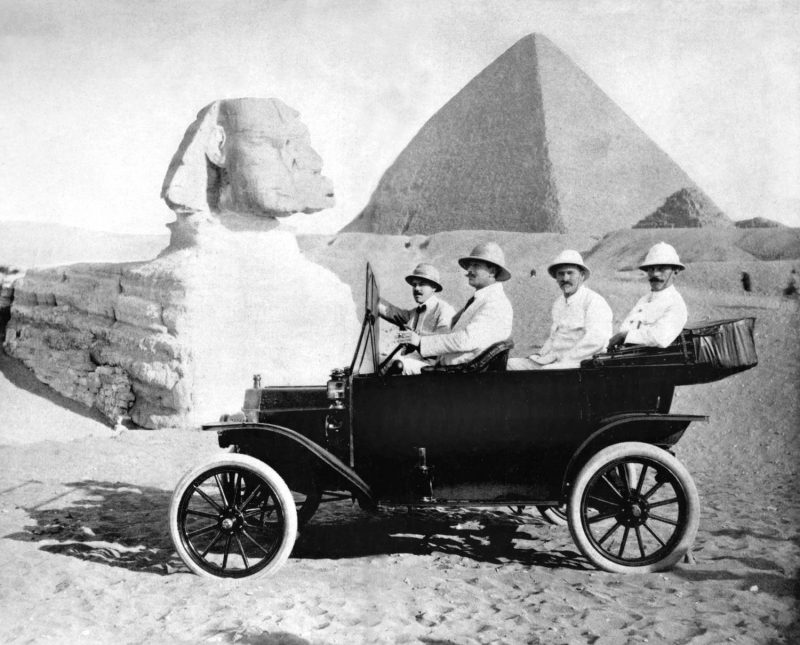
Henry Ford also reduced the working hours of the men he employed while simultaneously doubling their pay. But before you get too carried away in your admiration of Old Henry, you’d do well to remember that he was a more complex man than that solitary fact might lead you to believe – and lest anyone naively assume that his was an altruistic decision, rather than one made by the stone-cold heart of an admittedly very talented businessman, can I remind them that he held vile anti-Semitic views, views that he wasn’t afraid to broadcast widely and which were said to have inspired Hitler and the Nazi Party?
But we are straying from the point, which is not that talented men can also be monsters, something that Gary Glitter, Wagner and many others have proved beyond doubt, but that there was far more to the Model T’s appeal than its price and reliability because its all-road ability was just as important as its price.
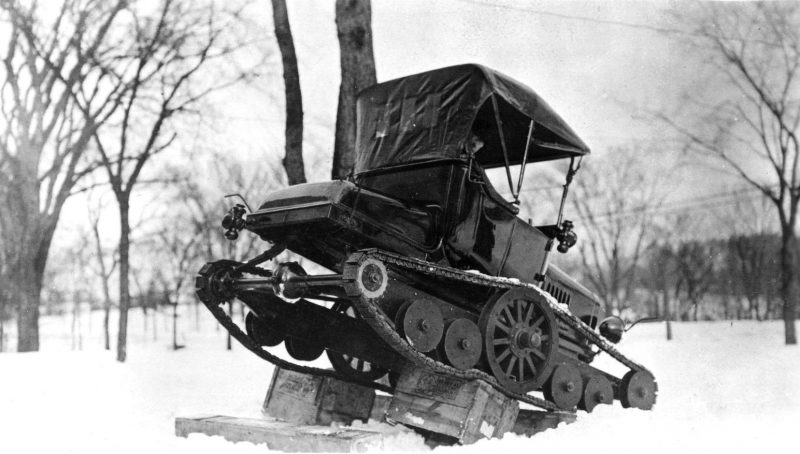
Of the 2.1m miles of rural roads that comprised the bulk of the American road network in 1904, an incredible 93 percent were dirt, with the remaining seven percent being not much better. So being able to traverse mud and ruts and large holes was far more important to the pioneering American motorists than almost anything else.
(And before you dismiss my admiration of the Model T’s off-road ability, why not take a look at this 1911 film of one climbing Ben Nevis? Yep, you read that right: here is Jeremy Clarkson’s great-grandad[1] climbing Ben fucking Nevis in a Ford Model T. In 1911.)
Henry Ford’s cunning plan worked beyond his wildest dreams: at one point half of all cars in the world were Ford Model Ts.
[1] I might have made that relationship up. Honesty compels me to admit that it was actually driven by Henry Alexander Jr, the son of Scotland’s first Ford dealer
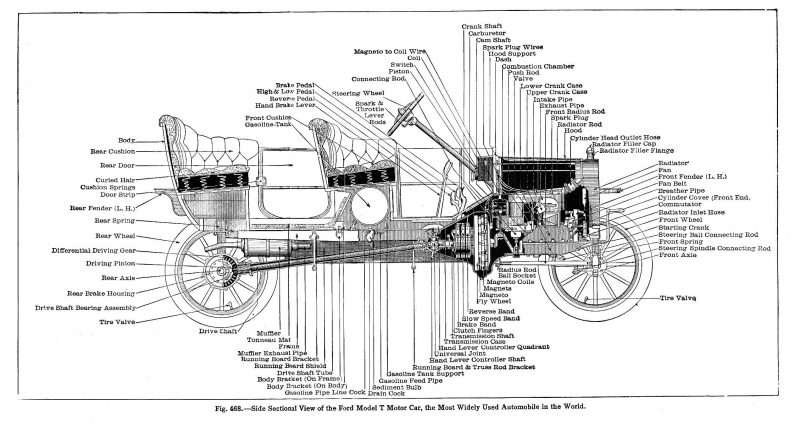
Design
The Model T featured a 2.9-litre, side-valve, four-cylinder engine that churned out a less-than-impressive 20bhp, but it would do that all day, every day no matter how poor the quality of the fuel.
The gearbox was billed as a three-speed, but as one of them was reverse most of us would classify it as a two-speed.
Both axles are live, the suspension is cart leaf, the service brake tightens a band around a drum in the transmission shaft, and the wheels are wooden because that was all the craftsmen that made them knew how to build. The Model T was a revolutionary car for many reasons, but few are them are because of its innovative and cutting-edge engineering.
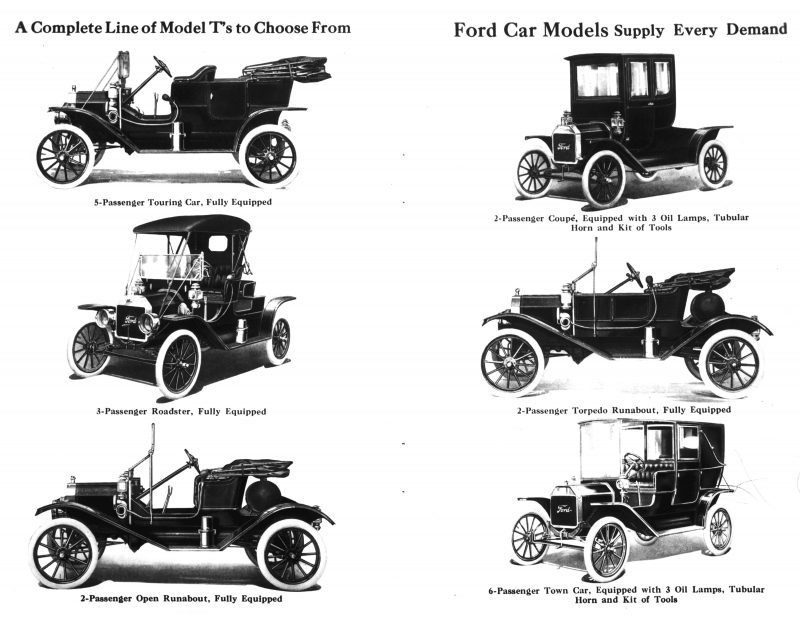
Bodystyles
The range of bodies that were available was vast: buyers could choose from a five-passenger touring car; a three passenger roadster, a two-passenger runabout, and a two-passenger ‘Torpedo’, all of which were fitted with a folding roof. If you wanted a proper tin-top then you could choose from either a two-passenger coupe or a six-seater town car.

But even this wasn’t enough for the market, and the range was soon joined by an armoured car and a tracked variant – and that doesn’t include the sort of home-hacks and after-market conversions that turned the Model T into a rudimentary lorry, pickup, tractor, ambulance, police wagon, stationary engine, sawmill, electrical generator, and even a mobile church.
The Model T is a very tough, reliable, and versatile vehicle.
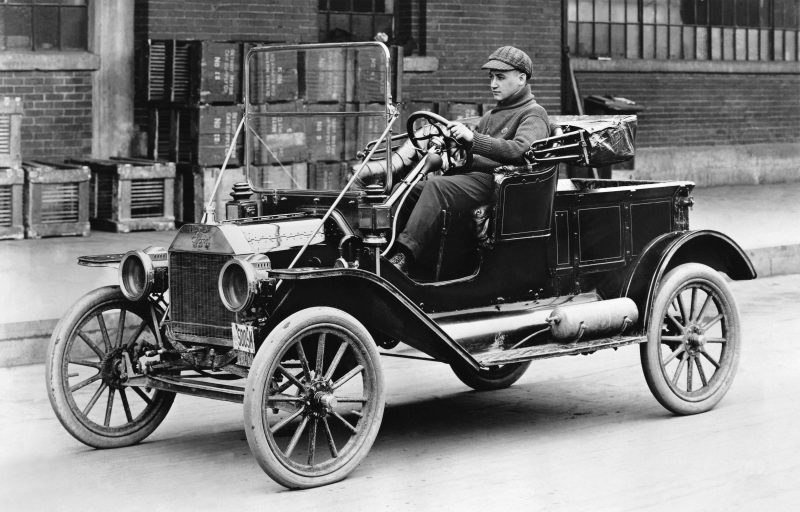
Driving
It might only have 20bhp but it also only has 680kgs to haul around and 83 lb/ft with which to do so. Combined with low-gearing – the top speed is just 45mph – and you have a car that is far more sprightly than you might think. The combination of sod-all between you and the elements, plus a lofty driving position, also conspire to add a frisson of excitement to what is a relatively low-speed drive.
Fuel consumption isn’t ruinous, either. Owners report that 20mpg is about average, and before you dismiss that as an irrelevance in a car that’ll only clock up a few dozen miles a year I would point out that a few hardy souls tour Europe in them. Others even use their Model T to tour the world. Yep, that’s right; eccentrics are still using them as they were intended to be used, ploughing their own furrow – sometimes quite literally – along some of the worst roads the undeveloped world has to offer. They, if no other, will appreciate the 200-mile range offered by the standard 10-gallon petrol tank.
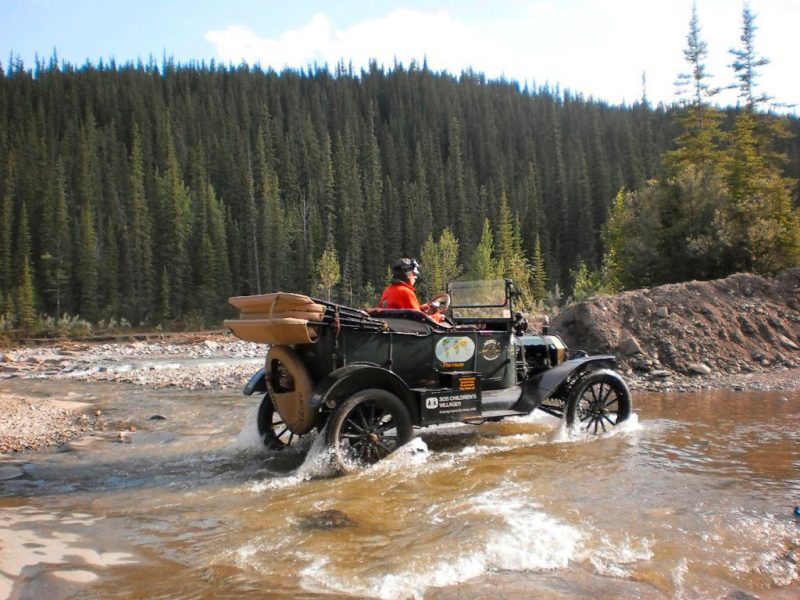
Of course, you’ll need to practice, but once you’ve got the hang of it then you’re Golden and in possession of a skill set that few of your contemporaries will be able to boast. How advanced will your new skill set be? Well, the accelerator is hand-operated, the two forward gears are selected via one of the three floor pedals, the middle pedal controls the reverse gear and the far right pedal operates the (largely ineffective) transmission drum brakes.
Oh, and don’t forget the ignition advance lever, the three-position handbrake, and the hand cranking handle to get it started in the first place. Or the steering, which even Model T aficionados admit separates the men from the boys. It’s so heavy they recommend that the “novice driver avoid tight situations until some practice has been obtained.”
Alex Goy of Carfection has an interesting video on how to drive one, which makes it look somewhat more difficult than your average family hatchback (even if the Ford Motor Company itself says of the Model T’s gearbox: “The Model T’s agile planetary transmission enabled novices to operate the gears, and was a forerunner of modern automatic transmission designs.“) but very doable…
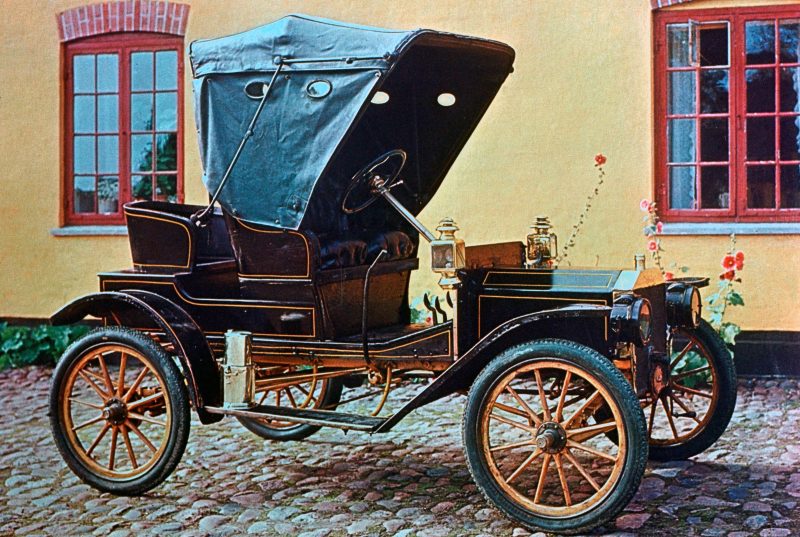
Buying one
Buying a Model T is simultaneously much harder than buying a modern car and much easier.
It’s harder because the untutored eye will just see complexity wrought through unfamiliarity. As example, do you know how to test the integrity of a wooden artillery wheel? Or how to tell whether your transmission band linings are made of cotton or wood? Or even how to light an acetylene headlamp or oil-fired sidelight?
It’s also easier because almost everything is on display and there is much less of everything to test and check. The bodywork is rudimentary, the electrical system almost non-existent and the analogue ABS is activated via your right leg.
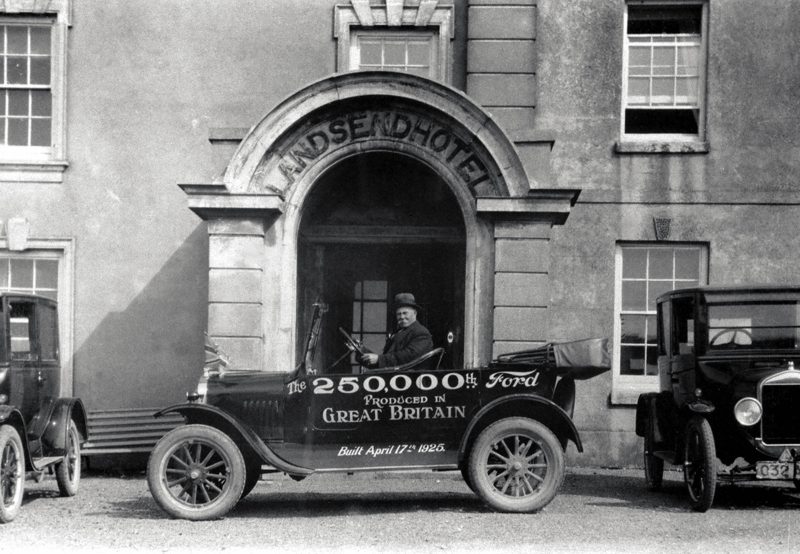
Most of us will be best served by seeking the advice of an expert, whether amateur or professional – and the good news is that, like almost all vintage enthusiasts, the Model T world is well-served by the most friendly and helpful bunch of people you could ever wish to meet, all of whom are keen to welcome new members to their flock. If you join a couple of forums and an owners’ club – the Model T Register of Great Britain seems to be highly recommended – you should start to pick up the lingo and foibles fairly quickly.
And you should have a fair old selection to choose from. Build records are patchy, but it’s thought that more than 15 million were built between 1908 and 1927, including more than 250,000 right-hand-drive models at Trafford park in Manchester.
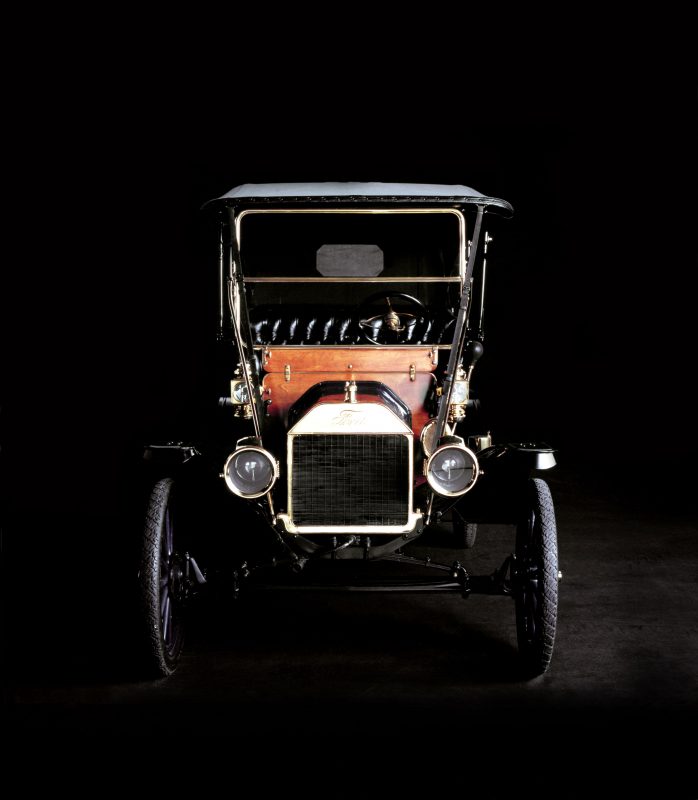
What to pay
Prices for the Model T start at a few hundred pounds for a basket-case project and rise to north of £25,000 for a concours, standard model that is perfect in any way. I don’t know about you, but that still seems quite cheap for what is such an important car.
Modified cars in the hot rod mould are also readily available. Prices are wildly disparate but span the same sort of range as standard cars, while dedicated, purpose-built racing cars are likely to start at around £35,000, a figure that will rise rapidly depending on provenance.
You’ll know which camp you fall into, but cars that are bought to be driven are generally in a very different class to the sort of trailer queens that people buy as investments. Me? I quite fancy some sort of hot rod with a modified chassis and bugger all bodywork. Thus equipped, I’d join the Vintage Hot Road Association, if for no other reason that they run a fantastic (and wildly over-subscribed) Hot Rod Race every summer on the hallowed Pendine Sands. Annual membership is just £20, which seems a small price to pay to join some of the nicest, and cleverest, driving enthusiasts in the country.
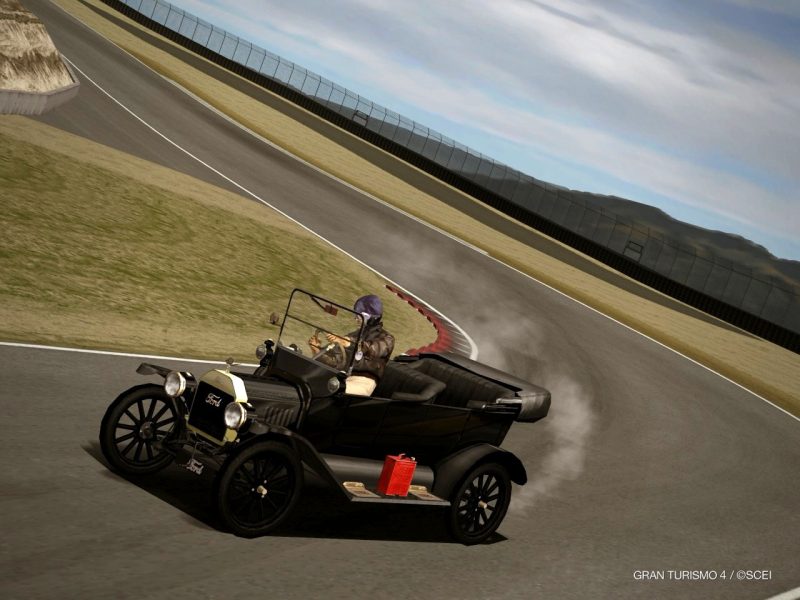
Modifying
The Model T’s construction lends itself very well to modification and it is one of the stalwarts of the vintage hotrod scene. Young bucks saw the opportunities almost immediately but the movement started to get into its stride in the 1950s and hasn’t eased off since.
Different body styles are the most common modification, followed by engine transplants. If you fancy a single-seat racing car or a V8-powered pickup with 600bhp the chances are that you’ll find one for sale or someone that has already done it and is happy to share their experience with you.
Modifying the original tends to be limited to trying to regain that 45mph top speed. The years take their toll and 45 is generally more of an aspirational and largely arbitrary target than a realistic maximum. The Model T’s conventional engine responds well to conventional tuning and while you’re unlikely to be able to extract much in the way of extra power, restoring its original performance shouldn’t represent too much of a challenge given only modest amounts of time, money and talent.
If your talent is more digital than practical, you can even race a Model T in Gran Turismo 4…
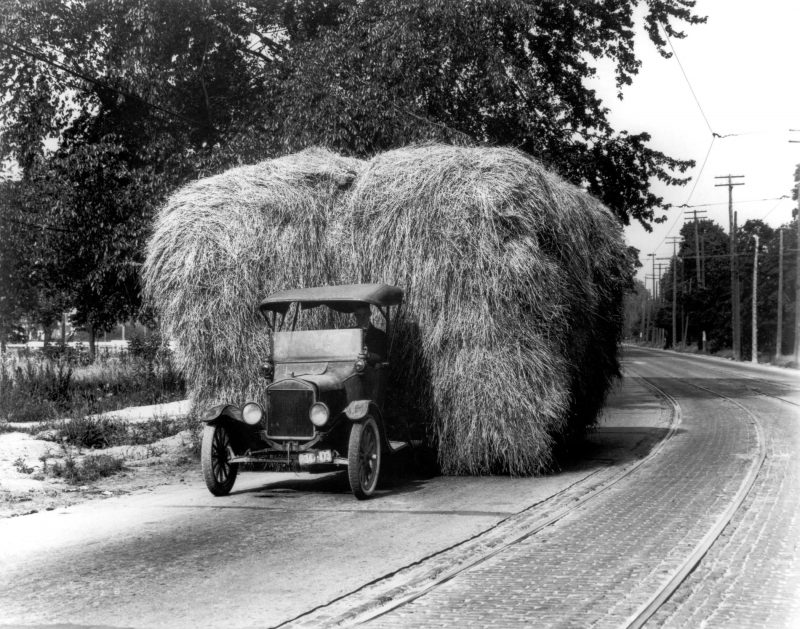
Fun fact
As part of its 100th anniversary, the Ford Motor Company built six brand-new Model T’s. Called the T 100, their design was based upon that of the original 1914 model. Thanks to modern material design, they had a top speed of about 55 mph, ten-miles-an-hour up on the original.
Carlton Boyce